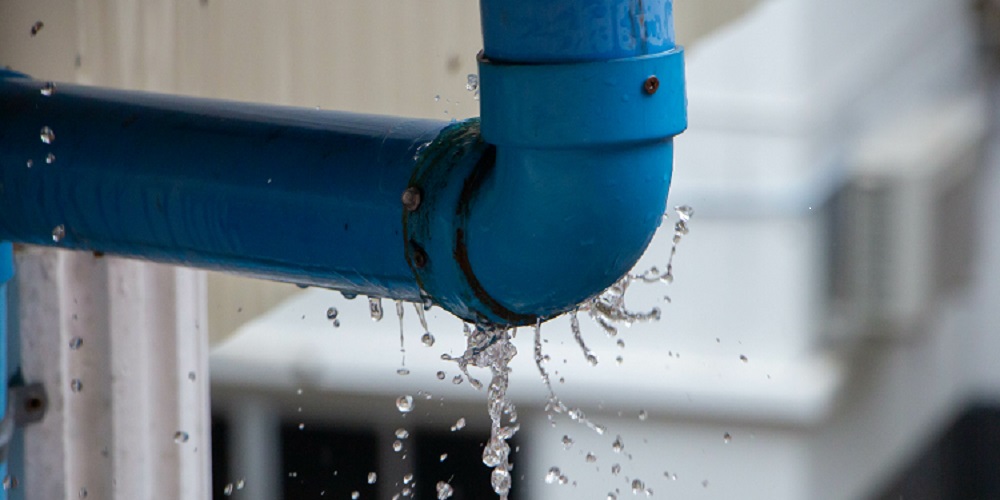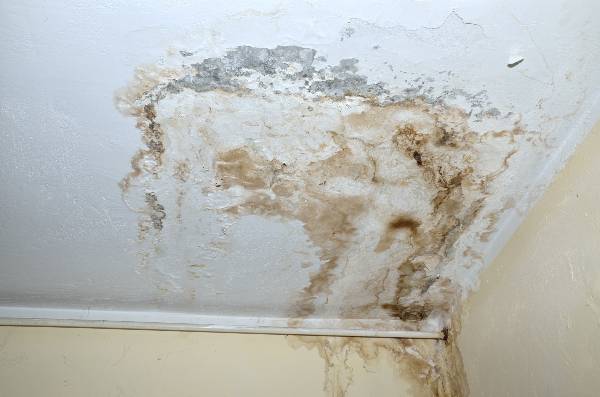6 Ways to Locate Concealed Water Leakages in Your House
6 Ways to Locate Concealed Water Leakages in Your House
Blog Article
Everyone has got their unique perception with regards to Hacks to detect leaks.

Early detection of leaking water lines can reduce a prospective calamity. Some tiny water leaks might not be visible.
1. Examine the Water Meter
Every house has a water meter. Checking it is a guaranteed manner in which aids you discover leakages. For beginners, switch off all the water sources. Make certain no one will certainly flush, use the faucet, shower, run the cleaning device or dish washer. From there, most likely to the meter and watch if it will certainly transform. Because no person is using it, there ought to be no activities. If it moves, that suggests a fast-moving leakage. If you detect no modifications, wait a hr or 2 and inspect back once again. This indicates you may have a sluggish leakage that can also be underground.
2. Inspect Water Usage
If you identify unexpected modifications, in spite of your usage being the exact same, it implies that you have leaks in your plumbing system. An unexpected spike in your expense indicates a fast-moving leak.
A consistent boost every month, even with the same behaviors, reveals you have a sluggish leak that's also gradually escalating. Call a plumber to thoroughly examine your property, specifically if you really feel a warm area on your flooring with piping beneath.
3. Do a Food Coloring Test
30% comes from toilets when it comes to water intake. Test to see if they are running properly. Decline flecks of food color in the container as well as wait 10 minutes. If the shade somehow infiltrates your dish throughout that time without flushing, there's a leak in between the storage tank and dish.
4. Asses Outside Lines
Don't neglect to check your exterior water lines too. Must water permeate out of the connection, you have a loose rubber gasket. One small leakage can waste heaps of water and spike your water expense.
5. Assess the scenario and also examine
House owners need to make it a habit to check under the sink counters as well as also inside closets for any kind of bad odor or mold growth. These two red flags suggest a leakage so punctual focus is called for. Doing routine inspections, even bi-annually, can save you from a major issue.
Inspect for discolorations and also damaging as the majority of devices as well as pipes have a life expectations. If you think leaking water lines in your plumbing system, do not wait for it to intensify.
Early detection of dripping water lines can alleviate a prospective disaster. Some little water leaks may not be noticeable. Inspecting it is a surefire means that assists you find leaks. One little leakage can waste tons of water as well as spike your water costs.
If you presume leaking water lines in your plumbing system, do not wait for it to escalate.
WARNING SIGNS OF WATER LEAKAGE BEHIND THE WALL
PERSISTENT MUSTY ODORS
As water slowly drips from a leaky pipe inside the wall, flooring and sheetrock stay damp and develop an odor similar to wet cardboard. It generates a musty smell that can help you find hidden leaks.
MOLD IN UNUSUAL AREAS
Mold usually grows in wet areas like kitchens, baths and laundry rooms. If you spot the stuff on walls or baseboards in other rooms of the house, it’s a good indicator of undetected water leaks.
STAINS THAT GROW
When mold thrives around a leaky pipe, it sometimes takes hold on the inside surface of the affected wall. A growing stain on otherwise clean sheetrock is often your sign of a hidden plumbing problem.
PEELING OR BUBBLING WALLPAPER / PAINT
This clue is easy to miss in rooms that don’t get much use. When you see wallpaper separating along seams or paint bubbling or flaking off the wall, blame sheetrock that stays wet because of an undetected leak.
BUCKLED CEILINGS AND STAINED FLOORS
If ceilings or floors in bathrooms, kitchens or laundry areas develop structural problems, don’t rule out constant damp inside the walls. Wet sheetrock can affect adjacent framing, flooring and ceilings.
https://www.servicemasterbyzaba.com/blog/how-to-detect-water-leakage-in-walls/

I stumbled upon that article about Leaking water lines while surfing around the search engines. In case you liked our post if you please do not forget to pass it around. Thanks for your time. Don't forget to pay a visit to our site back soon.
Report this page